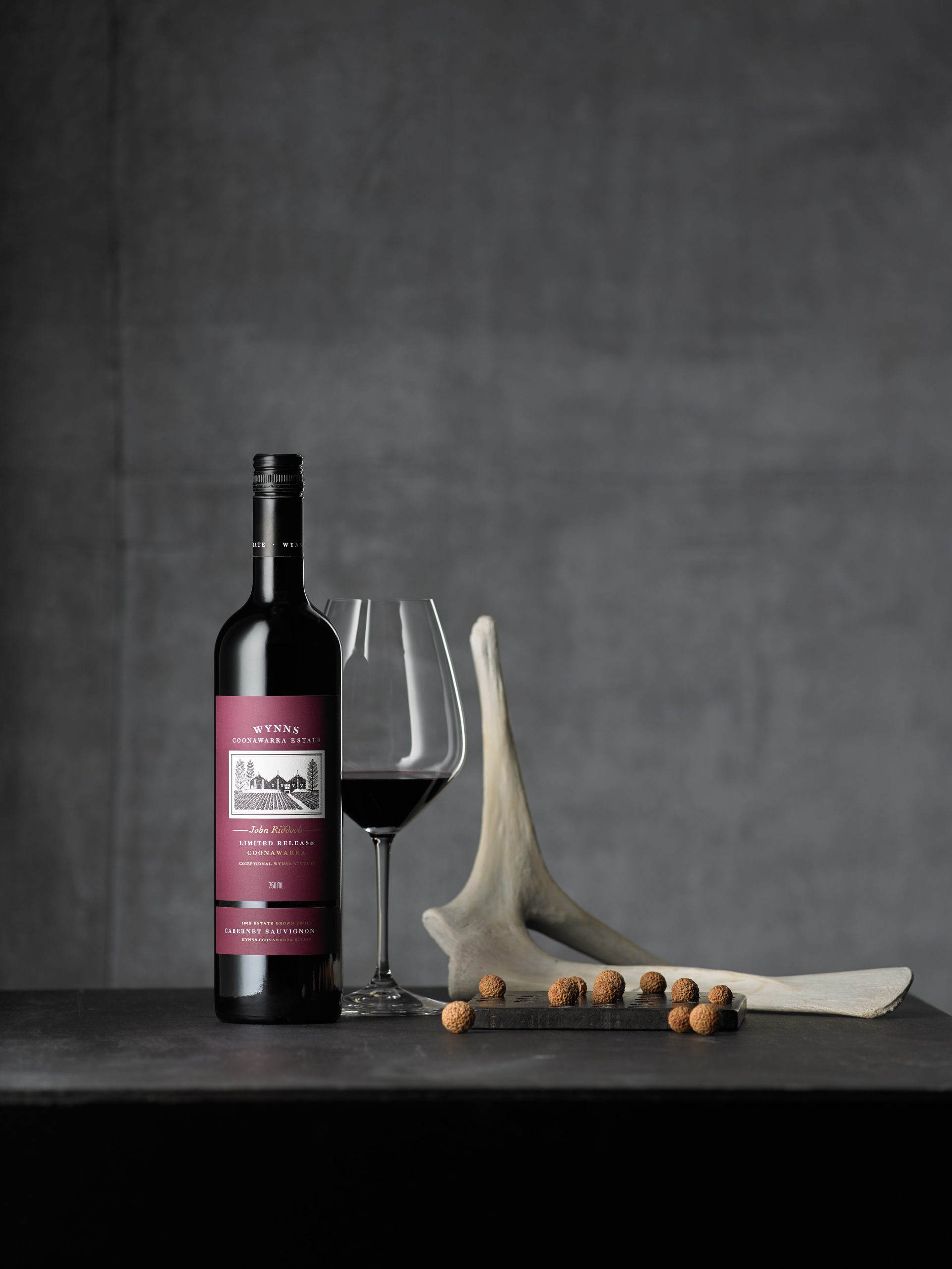Rising alcohol not nature’s fault
Increasing alcohol levels among Napa Valley wines was attributed to viticulture and winemaking, not climate change, during a tasting of labels from the region in London yesterday.
Speaking during the event, which was designed to show the evolution of Napa Valley Cabernet Sauvignon blends, Bruce Cakebread pointed out that high alcohol was a stylistic choice.
Using the example of Shafer Vineyard’s Hillside Select Cabernet Sauvignon 2001, which achieved 14.9% abv despite the relatively cool vintage conditions that year, Bruce, president of Cakebread Cellars said, “The alcohol level is more stylistic than climate-based.”
Continuing, and referring to his own Cabernet blend from the cool 2006 vintage, which achieved a 14.8% abv, he said, “Our alcohol was up even though this was a cooler year [than the previously shown 2004].
“This was a stylistic decision to make sure we got ripe fruit – and these alcohols are more due to winemakers than mother nature.”
Then, as previously reported by the drinks business, he drew on the findings from a climate study by Napa Valley Vintners which showed little change in temperatures in the region, apart from a 1 degree Fahrenheit rise in nightime spring temperatures.
Although he added that average temperatures during summer and autumn had remained the same, he did point out that the arrival of new pests in Napa Valley, such as the European Grapevine moth, could be connected to the marginal rise in springtime temperatures.
“That one degree rise in nightime temperatures might be why these insects now survive,” he said.
Partner Content
Meanwhile, he spoke of a golden period in Napa Valley winemaking, particularly now post-phylloxera plantings in the early 90s have reach maturity.
“Today we have the best potential for Napa Valley wines – we have mature vineyards, experienced winemakers, and new people arriving almost every day, so there is an infusion of new ideas.
“If you take that mix there is a great potential to keep thinking of more ways to improve quality.”
As for planting trends, Bruce reminded that Cabernet Sauvignon would continue to dominate in Napa. “The highest bottle and grape price in Napa is for Cabernet – we know it will age, and how it will go.
“We not going to switch to Grenache, and Zinfandel has migrated out because it doesn’t fetch the same prices [as Cabernet],” he continued.
However, he said Cakebread Cellars has planted two different clones of Grenache, as well as some plots of Viognier, Syrah and Spain’s Verdejo.
Click here for more analysis of the Napa Valley climate study, and click here to see the findings of the original study.





I disagree with the arguments of this article..
yes it can be a stylistic choice, but the weather getting hotter does one thing: it allows for high sugar levels (therefore high alcohol) to be achieved in places where it wasn’t possible before and where it was possible before it allows it to happen earlier (at the cost of possibly not reaching phenolic maturity as well). Therefore while it could be a stylistic choice, let’s not forget that the weather IS getting warmer overall and just because there were a few cool years doesn’t mean the average temperatures over a 10, 20 year period are not increasing
Eddy, the Napa Valley just had four of the coolest growing seasons on record because of a heavy marine influence… The ABV from those vintages are in the 14s to 16s. Your rant shows that you do not understand the simple fact that vintners are harvesting riper fruit on purpose, NOT hotter weather giving vintners higher sugar. Duh!!!
Exactly – the mistake is to assume that California’s premium regions have got significantly hotter over the last 20 years. They have not. In fact it is only the already warm Central Valley regions that have shown much of a temperature increase in this period, and yet these are the regions where potential alcohol has increased the least.
Furthermore, ripeness and growing season temperature only strongly correlate in the Central Valley, where yields are high and temperature becomes a limiting factor on ripeness. The more expensive the grapes from a given region, the weaker the correlation between temperature and ripeness, indicating that other (human) factors have taken over.
The story may be different in other parts of the world, but the article above is only about Napa. I can vouch for the same being true at least in Sonoma, Mendocino, Sierra Foothills and the Central Coast as well.